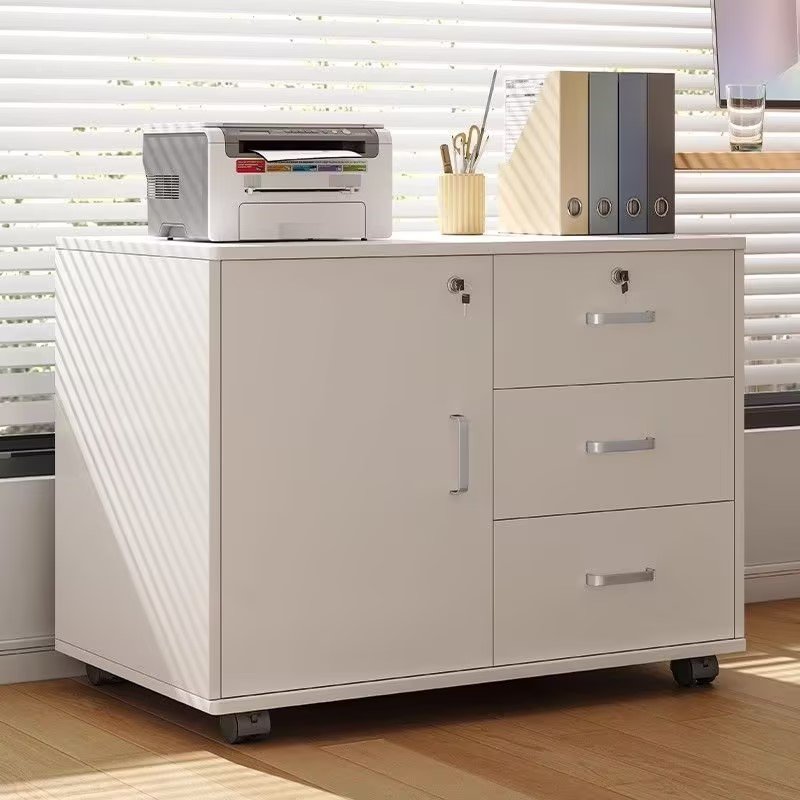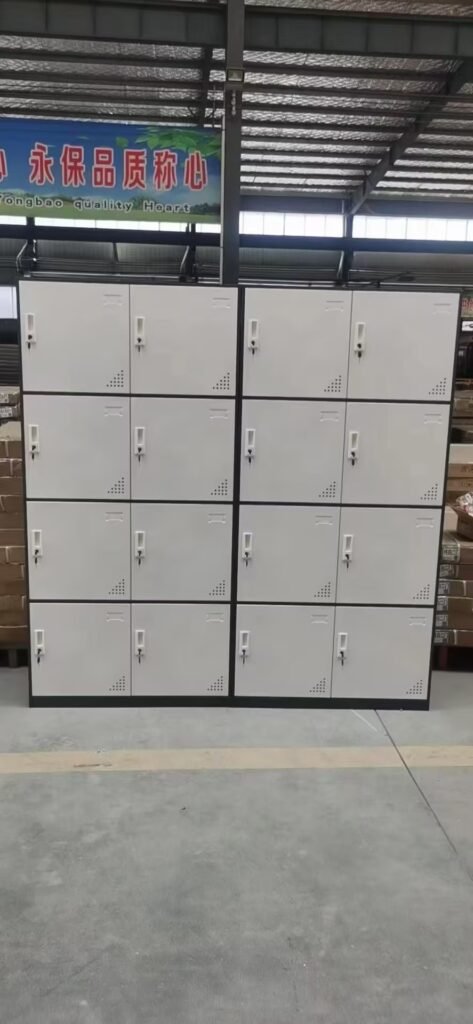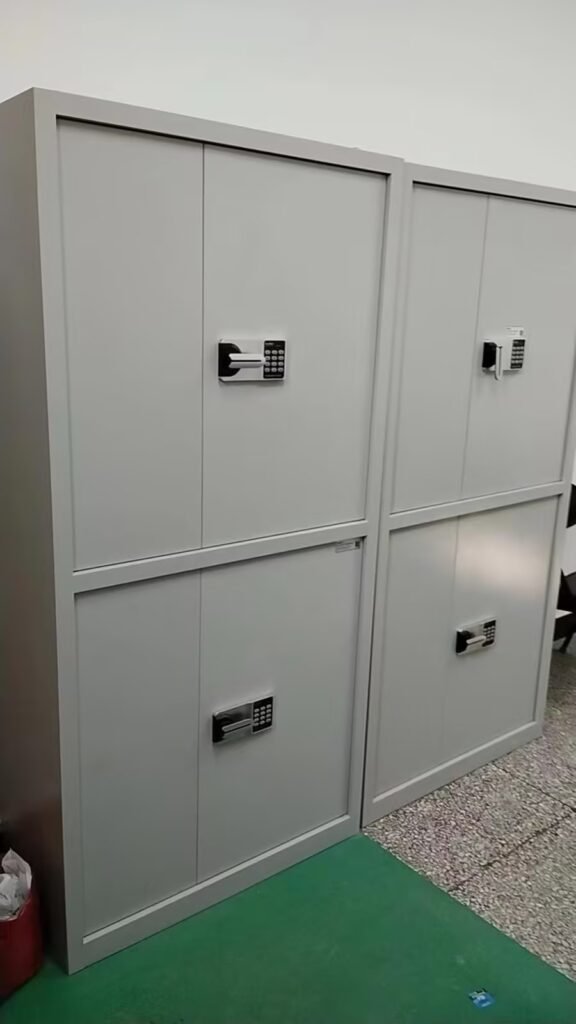Filing cabinets are indispensable tools for organizing documents in offices, homes and industrial Spaces. Whether you need a white rolling file cabinet with flexible mobility, a multi-drawer file cabinet with high capacity storage, or a file cabinet with a lock to protect sensitive materials, you need to know that the unique features of each type ensure optimal functionality. Five specialized designs are explored here, including space-saving flat-screen filing cabinet options, and issues such as how modern engineering prevents metal from bending under heavy objects are highlighted.
Table of Contents
ToggleWhite Rolling File Cabinet: Mobility Meets Practicality
Why do companies choose rolling file cabinets?
Because white rolling file cabinet not only have storage efficiency and easy mobility, but also become a necessary choice for dynamic workspaces. Equipped with heavy-duty casters, these cabinets allow users to reposition files without lifting them. Key features include:
360-degree swivel wheels for smooth navigation
Locking mechanisms to stabilize the unit during use
Reinforced steel frames to prevent structural bend
These cabinets can be used in environments that require frequent access to archived files, in medical offices or shared workspaces. Choose models with weight rated casters (minimum 100 LBS per wheel) to ensure durability.

Multi-Drawer File Cabinet: Maximizing Vertical Storage
Space Efficiency with Multi-Drawer Designs
A multi-drawer file cabinet optimizes vertical space while accommodating diverse storage needs. Typical configurations range from 2 to 10 drawers, with options for letter/legal-size files or mixed-use compartments. Critical considerations include:
Drawer glide systems: Full-extension glides simplify access to rear files
Weight distribution: Interlocking drawer supports prevent tilting
Modular layouts: Combine hanging folders and shelving in taller units
For architects or legal professionals managing bulky blueprints or case files, deep drawers (18″+ depth) paired with lateral rails reduce clutter.

Classic Filing Cabinet: Balancing Form and Function
The Versatility of Standard Filing Cabinets
The traditional filing cabinet remains a cornerstone of office organization. Available in vertical or lateral configurations, these units prioritize accessibility and security. Modern upgrades include:
Anti-tip designs compliant with OSHA standards
Fire-resistant builds (30+ minute ratings)
Powder-coated finishes resisting scratches and corrosion
Vertical models suit tight spaces, while lateral versions provide wider drawers for oversize documents. Pair with color-coded labels for rapid retrieval.
Flat File Cabinet: Specialized Storage for Delicate Items
Preserving Artwork and Blueprints in Flat File Cabinets
Art studios, engineering firms, and museums rely on flat file cabinets to protect large, fragile items. These shallow-drawer units minimize folding and creasing, with features like:
Acid-free lining to prevent paper degradation
Felt or cork surfaces reducing friction
Horizontal pull-out trays for safe inspection
For architects storing CAD drawings or artists archiving portfolios, look for units with adjustable dividers and humidity-controlled seals.

File Cabinet with Lock: Security for Confidential Documents
Protect sensitive data with a locked file cabinet
Choosing a locked file cabinet is essential for human resources departments, legal teams, or healthcare providers to handle private records. Advanced security options include:
Keyless electronic locks with audit trails
Cross-keying systems for multi-cabinet management
Tamper-proof hinges and reinforced bolt locks
Choose fireproof models (UL Class 350 certified) for added protection against disasters. For high-traffic areas, biometric locks offer quick yet secure access.

Conclusion: Matching File Cabinets to Your Needs
From rolling file cabinet mobility to the specialized security of a file cabinet with lock, each design addresses distinct organizational challenges. Prioritize durability in high-use environments—look for reinforced joints to avoid metal bend—and verify certifications (BIFMA, ANSI) for commercial-grade reliability. By aligning cabinet features with your workflow demands, you create a streamlined, secure, and sustainable storage system.







